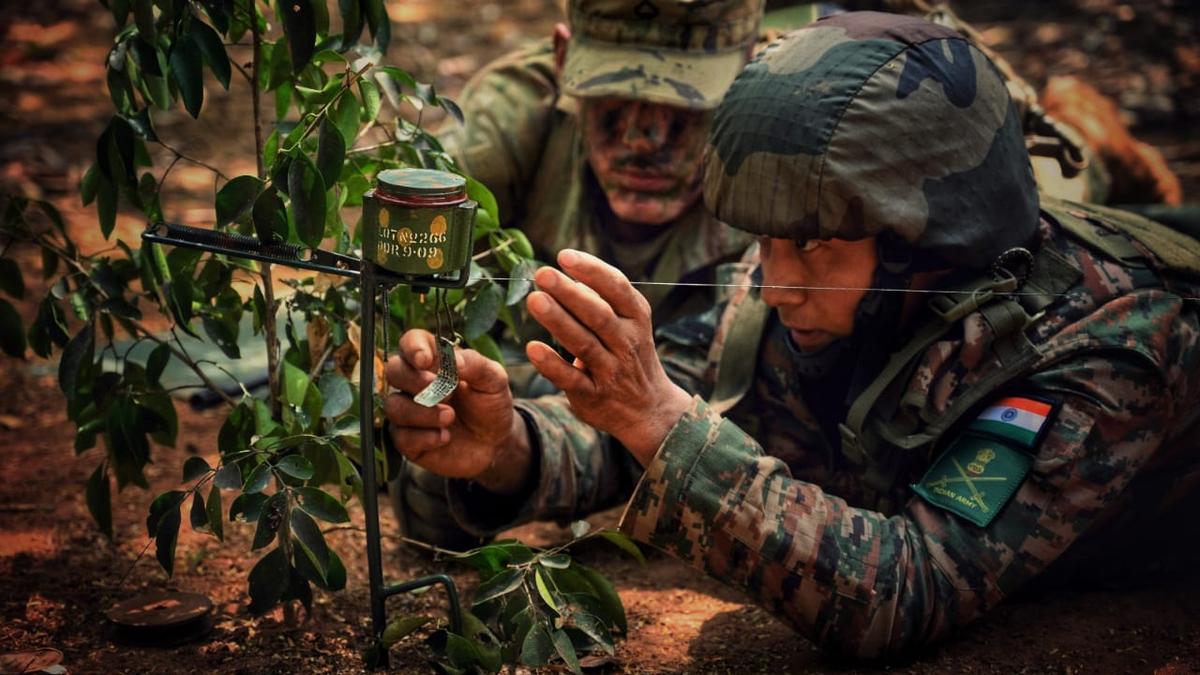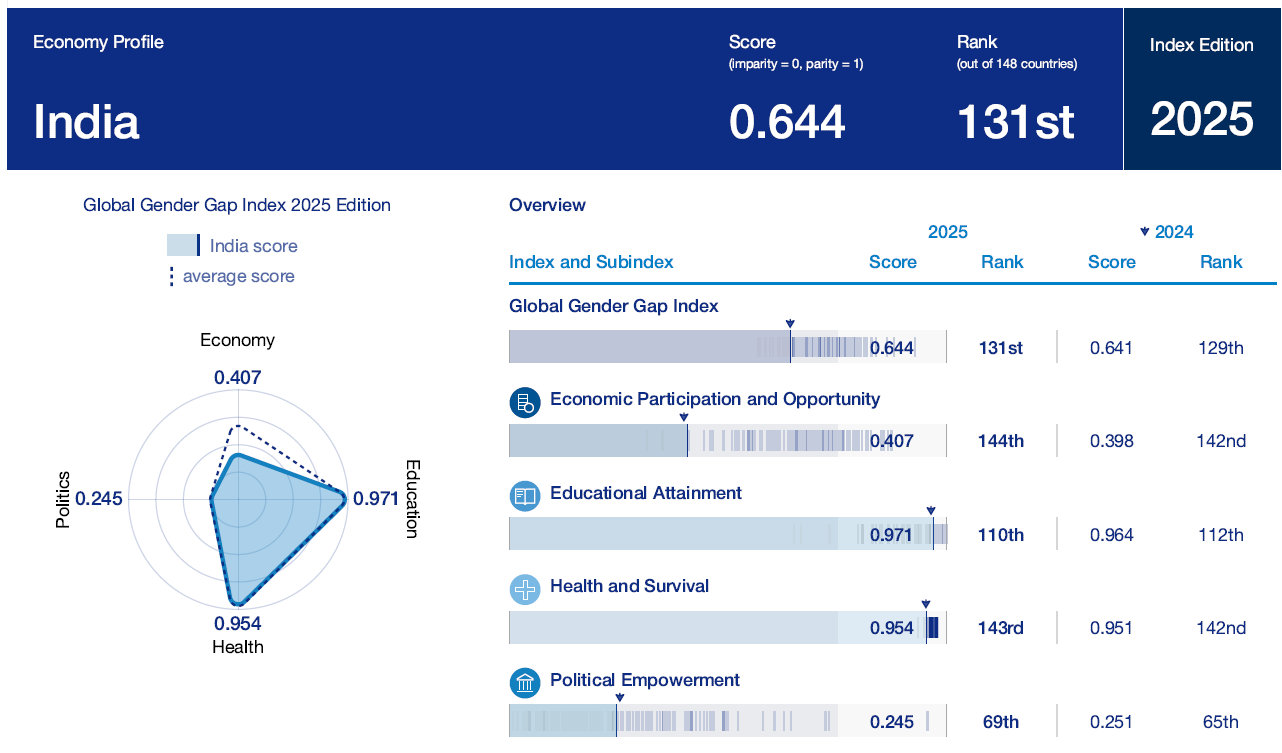RBI Infuses Rs.23,856 Crore into Banking System via Government Securities Buyback
- 14 Jun 2025
In News:
In a significant move to bolster liquidity in the financial system, the Reserve Bank of India (RBI) has infused ?23,856 crore into the banking system through a buyback of government securities (G-Secs) on June 5, 2025. This marks the second such bond buyback by the central bank in the current financial year (FY 2025–26).
What is a Bond Buyback?
A bond buyback refers to the RBI repurchasing existing government securities before their maturity. Conducted on behalf of the central government, such operations aim to inject durable liquidity into the banking system, improve the liquidity position of banks, and influence interest rates. It is part of the RBI's broader Open Market Operations (OMOs) toolkit.
Broader Liquidity Context
The RBI’s intervention is part of a broader liquidity management strategy, aimed at ensuring stable and surplus liquidity conditions. The central bank has employed various tools in recent months:
- Open Market Operations (OMOs)
- USD/INR Buy/Sell swap auctions
- Variable Rate Repo (VRR) auctions
These tools were especially crucial after the banking system faced a liquidity deficit in late 2024. Since then, the RBI’s operations have restored liquidity, with the system now in surplus mode—estimated at around ?3 lakh crore.
Significance
- Monetary Stability: Enhances the transmission of monetary policy by ensuring banks have sufficient funds to lend.
- Market Functioning: Eases pressure in the bond markets, improves demand for new issuances, and helps manage interest rates.
- Fiscal Management: Supports the government's borrowing program by managing the maturity profile of debt and yields.
India’s First INTERPOL Silver Notice

- 14 Jun 2025
In News:
In a significant development, the Central Bureau of Investigation (CBI) has secured India’s first-ever ‘Silver Notice’ from INTERPOL to track the global assets of Shubham Shokeen, a former French Embassy official implicated in a visa fraud case. This move underscores India's enhanced use of international law enforcement mechanisms to combat transnational crimes, particularly financial crimes involving asset concealment abroad.
What is a Silver Notice?
While INTERPOL is globally known for its Red Notice (to arrest or detain fugitives), the Silver Notice is a newer tool designed to help locate, identify, monitor, or seize the criminal assets of individuals or entities under investigation. Issued at the request of India’s National Central Bureau (NCB), the Silver Notice for Shokeen seeks to trace proceeds of crime potentially parked across multiple countries, marking a new phase in India’s international criminal cooperation.
About INTERPOL
INTERPOL (International Criminal Police Organization) is the world’s largest international police organization, comprising 196 member countries, with India being one of the founding members. It facilitates cross-border police cooperation and crime control across jurisdictions. Its genesis lies in the 2nd International Police Congress held in Vienna in 1923, when it was established as the International Criminal Police Commission (ICPC). It adopted the name INTERPOL in 1956 with the adoption of its Constitution during the 25th General Assembly.
- Headquarters: Lyon, France
- National Central Bureau (NCB): Each member state has an NCB that coordinates with INTERPOL. CBI serves as India’s NCB.
- Key Bodies:
- General Assembly: Supreme decision-making body; meets annually.
- Executive Committee: Supervises execution of General Assembly's decisions.
- General Secretariat: Handles operational activities on a daily basis.
INTERPOL Colour-Coded Notices
INTERPOL issues a series of colour-coded notices that serve as international alerts or cooperation requests:
- Red Notice: Request to locate and provisionally arrest a wanted person.
- Blue Notice: To collect additional information about a person’s identity, location or activities.
- Yellow Notice: For locating missing persons.
- Black Notice: To identify unidentified bodies.
- Silver Notice: To trace, monitor, and seize assets related to criminal proceeds.
These notices are issued by INTERPOL’s General Secretariat upon request from NCBs and are accessible to all member countries, enabling swift global action.
India’s Technological Integration: The BHARATPOL Portal
To streamline international cooperation, the CBI has developed the BHARATPOL portal, a digital interface that connects all Indian law enforcement agencies with INTERPOL. It allows seamless communication and data exchange for tracking fugitives, assets, and criminal networks, thereby enhancing India’s capabilities in combating cross-border financial and cyber crimes.
Significance for India
- Asset Recovery: The Silver Notice is a critical step in tracing and recovering illicit assets abroad, aligning with India’s broader efforts under anti-money laundering frameworks.
- Global Cooperation: Reflects India’s increasing reliance on international institutions for law enforcement, including the UN Convention against Corruption and FATF recommendations.
- Strengthening CBI's International Role: As India’s NCB, the CBI’s proactive role showcases its growing competence in global criminal investigations.
Exercise Shakti 2025

- 14 Jun 2025
In News:
The 8th edition of Exercise Shakti, a bilateral joint military exercise between India and France, is being held from 18 June to 1 July 2025 at La Cavalerie, France.
About Exercise Shakti
- Type: Joint military exercise between the Indian Army and French Army.
- Edition: 8th edition. The previous edition was hosted by India, as the exercise is biennial and conducted alternately in both countries.
- Venue (2025): La Cavalerie, France.
Objective and Significance
- Primary Aim: To enhance the joint military capability of both nations to conduct Multi-Domain Operations in sub-conventional conflict scenarios.
- Focus Areas:
- Developing interoperability in operations.
- Sharing best practices, tactics, techniques, and procedures.
- Strengthening military-to-military cooperation.
- Fostering bonhomie and camaraderie between the two armies.
Strategic Importance
- Exercise Shakti is part of the broader defence partnership between India and France, encompassing counter-terrorism, peacekeeping, and multi-domain coordination.
- It reflects India’s growing strategic engagements with like-minded global partners to address emerging security challenges.
Other India–France Joint Exercises
Name Domain Participants
Garuda Air Indian Air Force – French Air and Space Force
Varuna Naval Indian Navy – French Navy
Desert Knight Air Indo-French air warfare cooperation
Global Gender Gap Report 2025

- 14 Jun 2025
In News:
The 19th edition of Global Gender Gap Report 2025 was released by World Economic Forum (WEF).
Key Highlights:
Countries Covered: 148
Global Parity Status:
- Overall Gender Gap Closed: 68.8%
- Estimated Time to Full Parity: 123 years (at current pace)
Assessment Criteria (Four Dimensions):
- Economic Participation and Opportunity
- Educational Attainment
- Health and Survival
- Political Empowerment
The index uses a parity score (0–100%) to quantify gender equality, where 100% indicates full parity.
India’s Performance (Rank: 131/148)
- Parity Score: 64.1%
- South Asia Rank: Among the lowest; only Maldives (138) and Pakistan (148) rank below
- India’s 2024 Rank: 129 (slipped 2 positions in 2025)
Domain-wise Performance:
- Economic Participation and Opportunity
- Improved: Score increased by 0.9 percentage points to 40.7%
- Earned Income Parity: Rose from 28.6% to 29.9%
- Labour Force Participation: Stagnant at 45.9%
- Insight: Despite income parity gains, the gap in actual earnings and participation remains wide.
- Educational Attainment
- Near Parity Achieved: 97.1%
- Driven by rising female literacy and higher tertiary enrolment
- Challenge: Translating education into workforce participation remains limited.
- Health and Survival
- Marginal Gains: Improved parity in sex ratio at birth and healthy life expectancy
- However, overall life expectancy declined for both genders, muting the parity effect.
- Political Empowerment
- Significant Decline:
- Women MPs fell from 14.7% to 13.8%
- Women ministers dropped from 6.5% to 5.6%
- Trend: Continued decline from the 2019 peak of 30% female political representation
- Significant Decline:
South Asia and Global Comparison
- Bangladesh: Best performer in South Asia, ranked 24th globally (up by 75 positions)
- Other Neighbours:
- Bhutan (119),
- Nepal (125),
- Sri Lanka (130),
- Maldives (138),
- Pakistan (148 – last)
- Global Top 5 Countries:
- Iceland (Top for 16th year in a row)
- Finland
- Norway
- United Kingdom
- New Zealand
Key Global Insights
- Women in Workforce: 41.2% of global workforce
- Leadership Representation: Only 28.8% of leadership roles are held by women
- Despite post-pandemic recovery in gender parity, leadership gaps and decision-making roles remain major bottlenecks.
Implications for India
- The report underscores that gender parity is not just a social imperative, but also crucial for inclusive and resilient economic growth.
- India’s sluggish progress in political empowerment and gender wage gap highlight the need for institutional reforms, affirmative actions, and gender-sensitive policies in governance, employment, and leadership.
State of World Marine Fishery Resources 2025

- 14 Jun 2025
In News:
The Food and Agriculture Organization’s (FAO) 2025 Report on the State of World Marine Fishery Resources, released during the UN Ocean Conference (UNOC3) in Nice, France, offers a comprehensive assessment of global fish stock sustainability, regional disparities, and governance challenges.
Key Findings:
- Global Sustainability: 64.5% of marine fishery stocks are fished within biologically sustainable levels, indicating modest improvement. However, 35.5% remain overexploited.
- Deep-Sea Species Vulnerability: Only 29% of deep-sea species are sustainably harvested, largely due to biological traits like slow growth, delayed maturity, and low reproductive rates. These characteristics impair recovery from overfishing.
- Migratory Shark Concerns: Of the 23 shark stocks assessed, 43.5% are overfished, especially in the tropical Indo-Pacific where they frequently become bycatch in tuna fisheries.
- Tuna Success Story: 87% of evaluated tuna and tuna-like species are sustainably fished, a result of effective regulation by Regional Fisheries Management Organizations (RFMOs).
- Regional Disparities: The northeast and southwest Pacific show high sustainability levels, while areas such as the Mediterranean and Black Sea lag, with only 35.1% of stocks sustainably managed.
- Data Gaps: Despite high reported sustainability (72.7%) in the eastern Indian Ocean, concerns remain due to insufficient species-specific stock assessments.
Governance and Policy Challenges:
- Illegal, Unreported and Unregulated (IUU) Fishing: Continues to threaten stock sustainability. IUU encompasses:
- Illegal: Breaches of domestic or international laws.
- Unreported: Failure to report or misreport catches.
- Unregulated: Conducted by vessels operating beyond jurisdictional authority, undermining conservation efforts.
- Subsidy Prohibitions (WTO Agreement):
- Bans financial support to vessels engaging in IUU fishing.
- Restricts subsidies for overfished stocks unless recovery measures are implemented.
- Prohibits aid for fishing in unregulated high seas zones.
Critical Analysis:
Positives:
- The rise in sustainable stocks signifies improved management awareness, particularly in regulated regions like the Pacific.
- Tuna fisheries demonstrate successful use of scientific tools—catch reporting and onboard observers—under RFMOs.
- The global survey included over 600 experts across 90 nations, lending credibility and robustness.
Negatives:
- Deep-sea stocks remain acutely overfished and biologically vulnerable.
- Shark species, integral to marine food webs, continue to suffer from bycatch and poor regulatory coverage.
- Monitoring shortfalls in Southeast Asia and African coasts prevent precise biomass estimation and conservation action.
- Weaker implementation and unregulated artisanal practices challenge sustainability in Mediterranean and Black Sea regions.
Recommendations for Sustainable Fisheries Governance:
- Empower RFMOs with real-time monitoring systems, electronic catch reporting, and observer programs.
- Adopt Ecosystem-Based Approaches that integrate climate resilience and biodiversity objectives.
- Strengthen Data Infrastructure in data-deficient regions with support from international bodies like the FAO and World Bank.
- Curtail Harmful Subsidies as per WTO protocols to reduce economic incentives driving overfishing.
- Promote Community Participation through co-management strategies and the development of Marine Protected Areas (MPAs).
